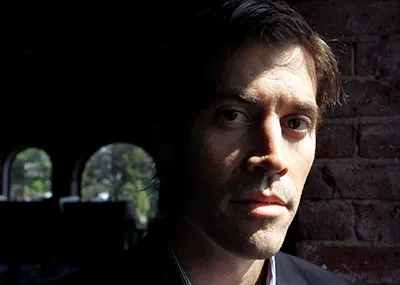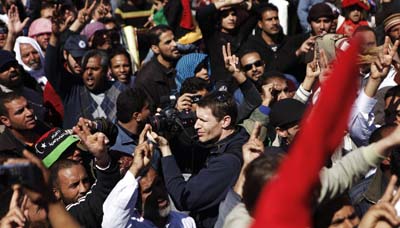Preparing for the Worst
It’s a calm day in a Ugandan village. Women gather on plastic chairs, shaded from the afternoon sun. I’m here with a handful of journalists on a reporting trip sponsored by the International Women’s Media Foundation (IWMF). The village women welcome us and begin to tell us about their lives. Then something happens. A man…

James Foley – a journalist’s journalist
Amid the tributes and war stories that followed the brutal beheading of James Foley this week, one memory from a fellow hostage shone a light on a side of his character that his audience might not have seen: his empathy not only for the people he covered but also for the journalists he encountered.

For conflict journalists, a need for first-aid training
Stop the bleeding. It’s a critical and fundamental step in aiding a journalist or anyone wounded in conflict. Hemorrhage is the number one preventable death on the battlefield. And yet large numbers of journalists covering wars and political unrest all across the world are untrained in this life-saving skill. It doesn’t need to be that…

